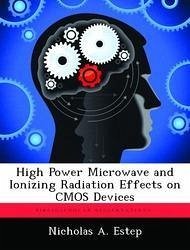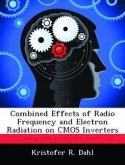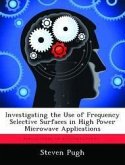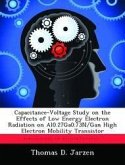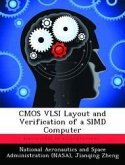Integrated circuits (ICs) are inherently complicated and made worse by increasing transistor quantity and density. This trend potentially enhances concomitant effects of high energy radiation and local or impressed electromagnetic interference (EMI). The reduced margin for signal error may counter any gain in radiation hardness from smaller device dimensions. Isolated EMI and ionizing radiation studies on circuits have been conducted extensively over the past 30 years. However, little focus has been placed on the combined effects. To investigate the effect of combined EMI and ionizing radiation, two complementary metal oxide semiconductor (CMOS) inverter technologies (CD4069 and SN74AUC1G04) were analyzed for their static performance in response to EMI and up to 146 kRad(tissue) gamma radiation. The combined EMI and gamma radiation environment, compared to the isolated effects, produced the most severe degradation in inverter performance for both device technologies.

